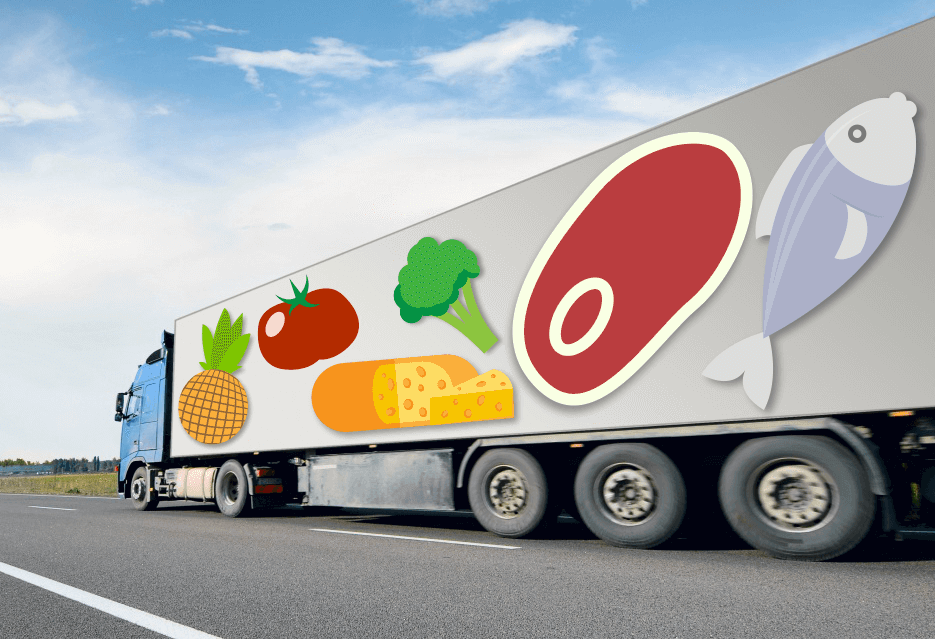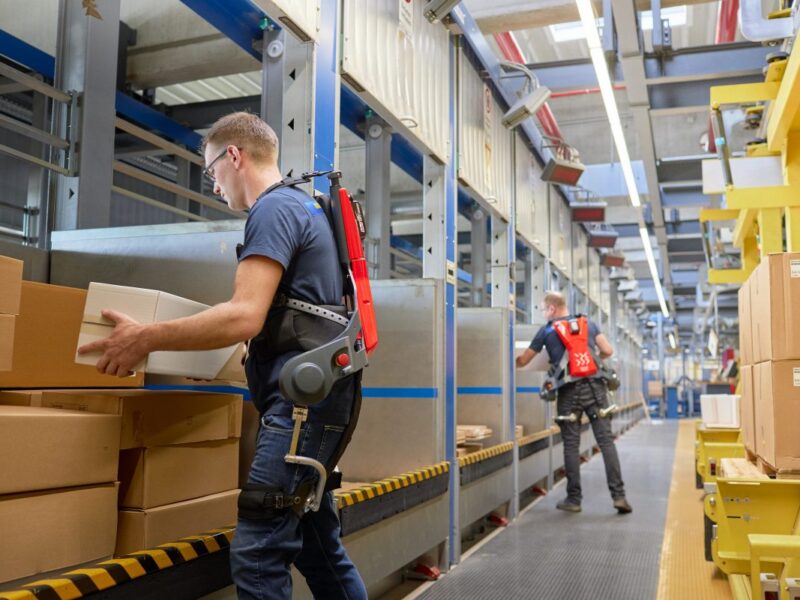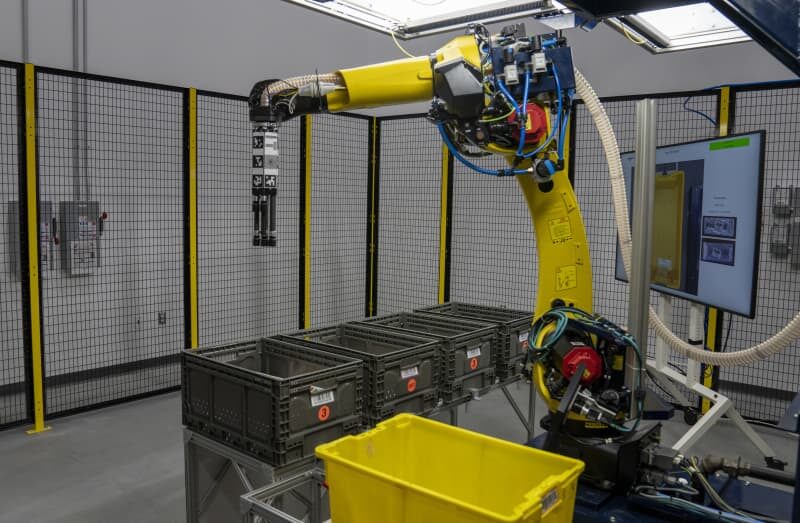Several rules for the transport of food
Every day, caravans of food arrive in the settlements. Transportation of such goods requires compliance with certain requirements. Entrepreneurs who carry out cargo transportation divide products into 2 groups:
- perishable;
- non-perishable.
Perishable products
Most of the foods we eat can go bad in the wrong conditions in a matter of hours. Biologically valuable food should be included in this category of products:
- fish;
- milk, processed products;
- eggs;
- semi-finished products;
- confectionery;
- meat;
- vegetables and fruits.
When transporting the listed groups of goods, certain conditions must be observed. For example, zero temperature of transportation is suitable for chilled fish, and tomatoes will “survive” even at +20 degrees. At the same temperature, it is impossible to transport deep-frozen meat, fresh herbs. By the way, fresh herbs should be transported in well-ventilated compartments.
Of particular importance is the level of humidity in the “warehouse on wheels” with perishable products. At high humidity mold is formed, which causes serious damage to products.
Packaging integrity
Last but not least is the integrity of the package. Sealed packaging keeps food fresh without deformation. Vehicles that transport products must be perfectly clean. Refrigerators, special isothermal vans are used to transport products. These machines need to be disinfected from time to time.
“Food” transport is highly recommended not to use for the transportation of other goods. Of course, time is considered the most terrible enemy of perishable foodstuffs. Molds and dangerous bacteria negatively affect products, but time simply “destroys” such products. A prerequisite for the correct transportation of food is strict adherence to delivery times.
Transportation of non-perishable products
Such products practically do not cause difficulties and problems during transportation. This category of products includes flour, all alcoholic and non-alcoholic drinks. Non-perishable products are vegetable oils, cereals, pasta, canned food, dry mixes. Without special difficulties, you can transport salt and sugar, tea, seasonings and spices, certain groups of confectionery.
Non-perishable goods can be transported at temperatures up to +18°C, and air humidity should not exceed 70%. Under such conditions of transportation, the products will not lose the characteristics declared by the manufacturers. Moreover, the product will retain its excellent presentation.
When transporting flour, tea, spices and other products, standard conditions can be dispensed with. It must be borne in mind that the machines require preliminary preparation. Vehicles must be thoroughly washed, disinfected and cleaned. Machines used for transporting foodstuffs must be free of odors absorbed by the goods. Non-perishable products are not afraid of microorganisms, but they are not protected from rats and mice. For this reason, it is necessary to constantly carry out deratization.
Failure to comply with the above requirements when transporting all food will cause large losses. And it can seriously harm the health of consumers. As a result, lawsuits, serious proceedings begin. The business reputation of the carrier and seller of goods receives irreparable damage.
Transportation of food products is strictly controlled by demanding, extremely attentive workers of the sanitary and epidemiological services. Food transportation processes are constantly checked by people who are interested in the safety of consignments of goods.
You need to be serious about transporting perishable products. This will help to avoid problems, proceedings from the sanitary and epidemiological services, losses, complex lawsuits.


